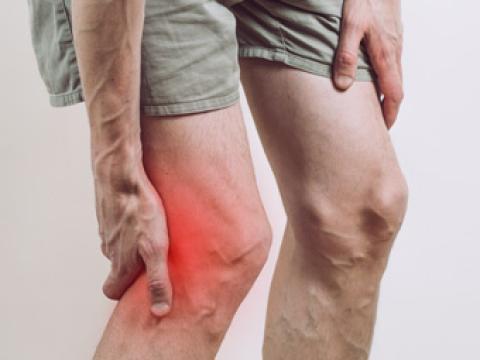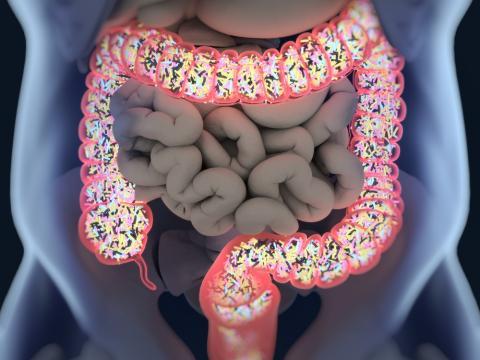What is a urinary tract infection, or UTI?
A urinary tract infection (UTI), also known as cystitis, is a benign urinary tract disorder caused by the body’s inflammatory response to the adhesion of bacteria to the surface of the mucous membrane of the bladder or urethra.
A number of risk factors increase a woman’s susceptibility to this infection:
- starting to have a sex life,
- hormonal changes during pregnancy or menopause,
- as well as constipation, or situations that cause urinary stasis.
Urinary tract infections are very common: 1 in 2 women will have a UTI at some point in her life,
- 1 in every 5 women will have a recurrent UTI.
How to treat UTIs and avoid recurrence.
In 85% of cases of cystitis, the bacterium Escherichia coli is involved.
This bacterium migrates away from its main source in the digestive tract, (pause) colonises the vaginal flora (short pause) and gradually invades the bladder.
Once in the bladder, the bacterium adheres to the bladder wall which prevents its elimination via the urine when the bladder is emptied. The symptoms of a UTI then become apparent.
The bacteria multiply (pause), colonise the bladder (short pause) and construct a biofilm.
This biofilm, formed from a polymeric matrix, (pause) lets the bacteria communicate so that they can multiply and more importantly protect themselves from attacks from external agents, notably antibiotics. This biofilm structure pauses the development of the inflammation; however, this latent focus of concentrated bacteria can subsequently trigger another infection.
For this reason, treating the cystitis and avoiding recurrence requires a dual-action approach:
- Firstly: Breaking up the bacterial biofilm and eliminating the bacteria from this biofilm so that they can be expelled via the flow of urine.
- Secondly: Preventing the infection by balancing the intestinal and vaginal flora to stop the multiplication of the pathogenic bacteria.
Consult a health professional.






